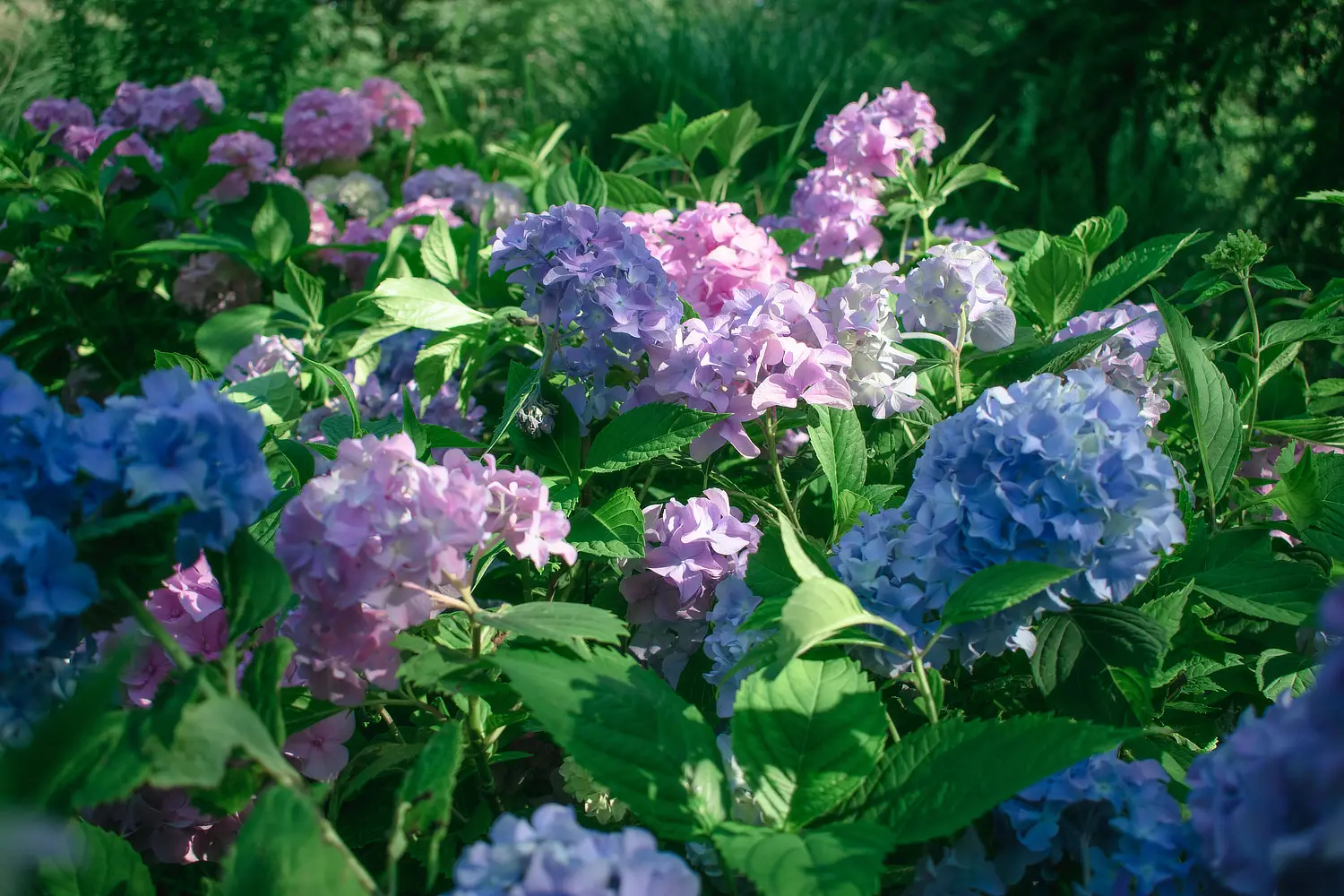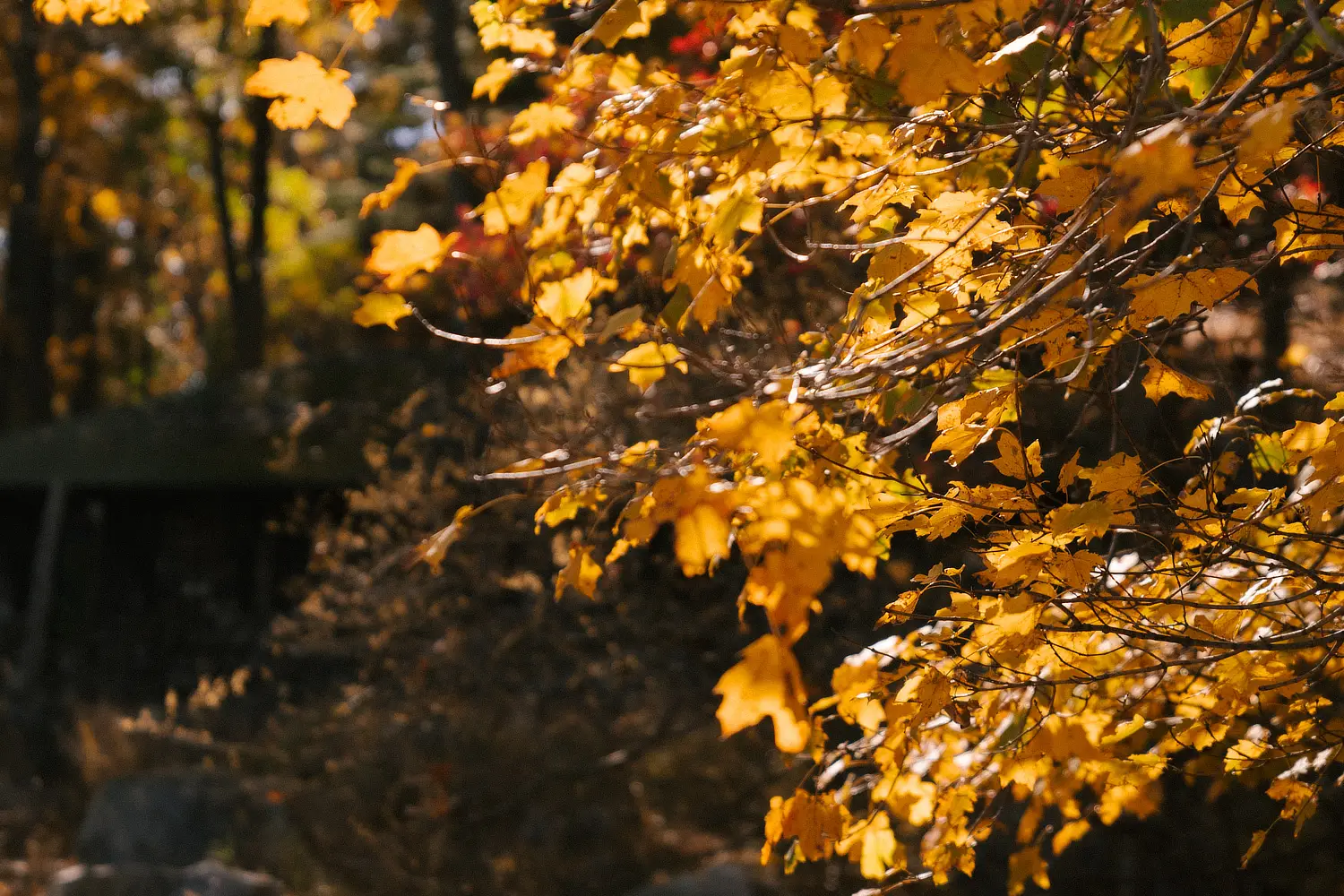Woodlands take me back to the UK where I loved walking amongst the shade but with the heat of summer well and truly with us, we can only dream of cooler times… or you could create a calm retreat in the in the corner of the garden, in the form of a woodland garden.
To start you need to create some shade in the form of canopy from some trees. These can be native such as water gums, banksia or tuckeroos however these are all evergreen so you will be limiting light to the understory permanently thus restricting the plant palette you can use. I would go for a combination of exotic and native trees to maximise the benefits of native plants whilst allowing light in through some exotic deciduous plantings.
The number of trees you plant depends on the size of garden you have, the larger the garden the more trees you can plant. If you only have a small space, you might not be able to recreate a woodland, but you can introduce some shade and style it with a few other of my tips to create the feel of a woodland space.
Meandering paths are a key to the woodland garden, a relaxing stroll through the shade. Don’t be afraid to vary the width of the path, tight in spots and wide in others, this will speed you up and slow you down on your walk and help to create atmosphere in the space. In the slower parts of the walk are the spots to create your features, these are the wider parts of the pathways as you tend to rush through tight areas. For a small space create a curved path leading up to a tree or the surrounding beds could be curved to create the relaxed vibe.
Rustic materials should be used to create a laid-back naturalistic feel to the space, this can be rocks to edge your garden beds, hardwood timber left to silver for your fences and gates and simple gravel or mulch for your pathways- you want the garden and any built elements to merge into one – removal all sense of formality.
Having spots to sit and relax is key, a seat to recline in to enjoy the shade and watch the birds come and go. Again, go for rustic finishes such as timber, perhaps a log seat or an old aged stone bench could be the perfect spot to sit and take five minutes. I would also add a small log side table for a cup of tea or a cool drink to accompany you too. Think about your animal friends too and plan for them, water for birds, logs for insects and lizards to live in and plenty of shade will attract them on a hot day.
When it comes to planting your woodland garden, I would ensure you have adequate shade from your trees before adding in the understorey otherwise they might not cope with the sun. If you are adding plants to the ground surrounding existing trees you need to make sure you improve the soil with lots of organic matter to replicate the leaf litter found in many woodlands. Compost and manures are a great additive along with a soil wetting agent to ensure water penetration and retention.
A shade garden gives you an opportunity to plant things you can’t grow in the rest of your hot space such as Hydrangeas, gingers, sarracocca or wind flowers. Try to create a natural look to the planting and don’t be afraid to take your time and add plants slowly, allowing them to mature into the space. Plant the larger items in the middle of your garden beds and the smaller ones closer to your pathways as this will create a dense look whilst allowing you to enjoy all the plants on display but steer clear of straight lines as this will look too formal.
Remember to plant all the way down to the ground using low plants such as Hosta, Clivea and Cyclamen and finish the whole thing off with a native violet ground cover the space feels lush, dense and cool.
When mulching after planting select a leaf litter as this looks more natural, is cheap to buy and will look better once your trees start naturally dropping leaves and twigs. When maintaining your woodland space don’t be afraid to let it do its thing and take on a natural, somewhat scruffy appearance, this will be part of its charm. That’s not to say leave it alone and hope it succeeds, you need to keep the pathways clear, prevent any tree limbs from rubbing or plants taking over completely but allow the plants to mingle and the foliage’s to combine somewhat to give the space its own character.


